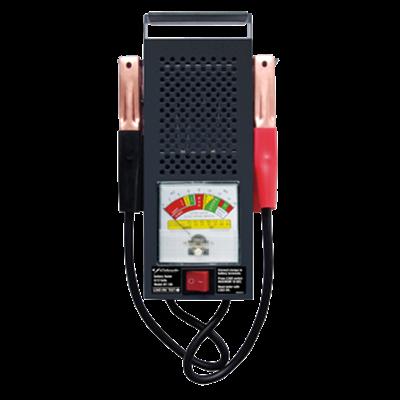Max Simmons
Guru
- Joined
- Oct 15, 2007
- Messages
- 805
- Vessel Make
- Ocean Alexander 38'
I will admit that electrical systems are probably my weakest strength, and this has me stumped.
Yesterday we went out for a day of crabbing. Everything was up and running as we left the dock. Dropped the anchor after a short 30 minute cruise. When I hit the windlass deck button to raise the anchor after about an hour, nothing. Went inside to make sure the breaker was on, and it was, but the DC panel was dead. Nothing was working. Volt meter on panel was at 0. After a shor period, maybe 3-4 minutes, the voltmeter went up to 14, bounced around a little bit, then stopped at little over 12. Went back out to raise anchor, same thing. Went back in and panel was dead. After a bit came back on. Turned on bilge pump at breaker panel and voltmeter went to 0. When I turned it off, voltmeter went back up. Tried a few other things that are swithced directly at the panel, spreader lights, anchor lights, etc. same result. Voltmeter at panel went to 0, then would go back up.
Battery meters show as fully charged. Replaced 2 house 8D's 2 years ago, voltmeters at helm show both charging at 14 volts.
Any idea where I should start? Thanks
Yesterday we went out for a day of crabbing. Everything was up and running as we left the dock. Dropped the anchor after a short 30 minute cruise. When I hit the windlass deck button to raise the anchor after about an hour, nothing. Went inside to make sure the breaker was on, and it was, but the DC panel was dead. Nothing was working. Volt meter on panel was at 0. After a shor period, maybe 3-4 minutes, the voltmeter went up to 14, bounced around a little bit, then stopped at little over 12. Went back out to raise anchor, same thing. Went back in and panel was dead. After a bit came back on. Turned on bilge pump at breaker panel and voltmeter went to 0. When I turned it off, voltmeter went back up. Tried a few other things that are swithced directly at the panel, spreader lights, anchor lights, etc. same result. Voltmeter at panel went to 0, then would go back up.
Battery meters show as fully charged. Replaced 2 house 8D's 2 years ago, voltmeters at helm show both charging at 14 volts.
Any idea where I should start? Thanks


